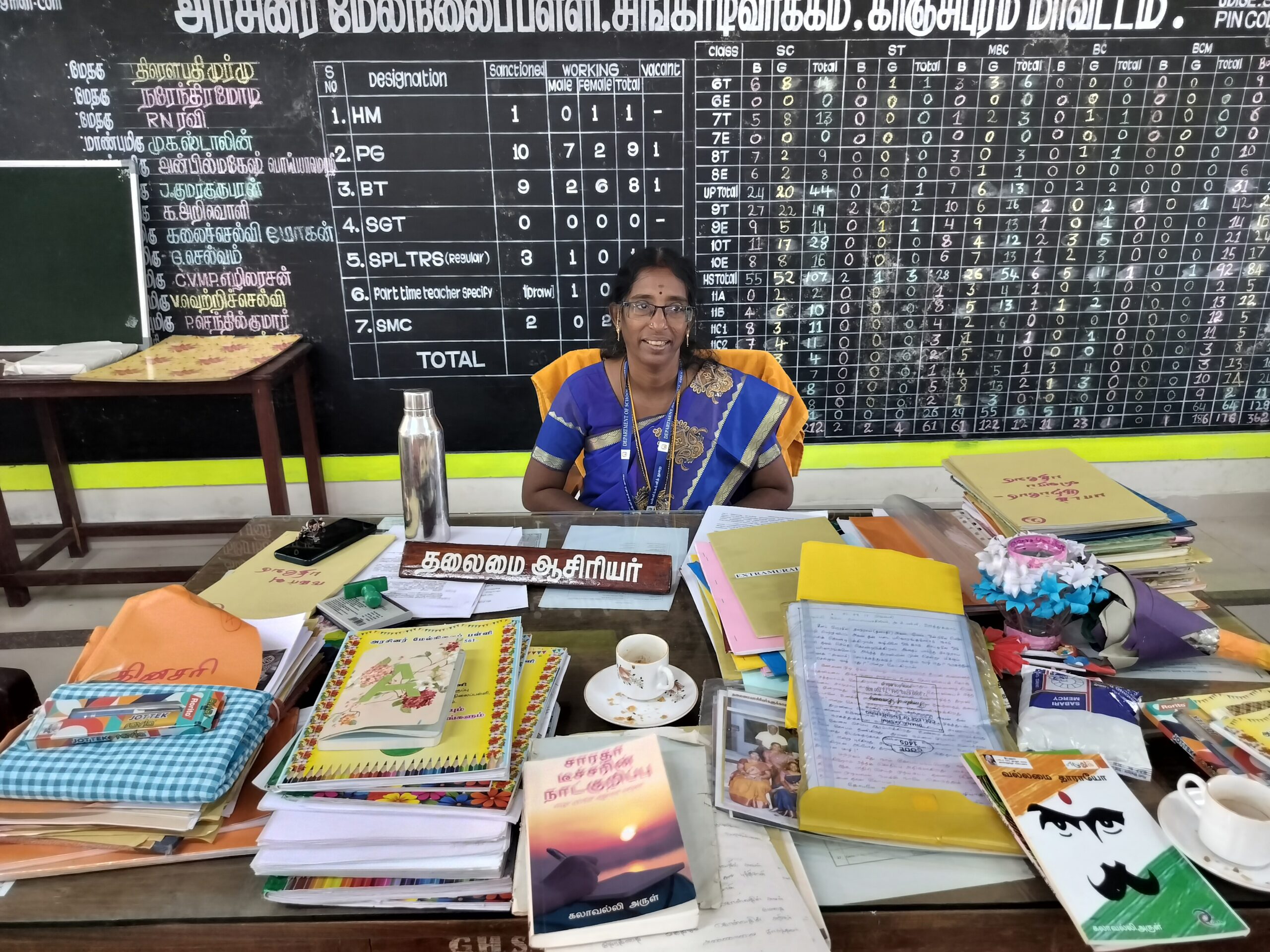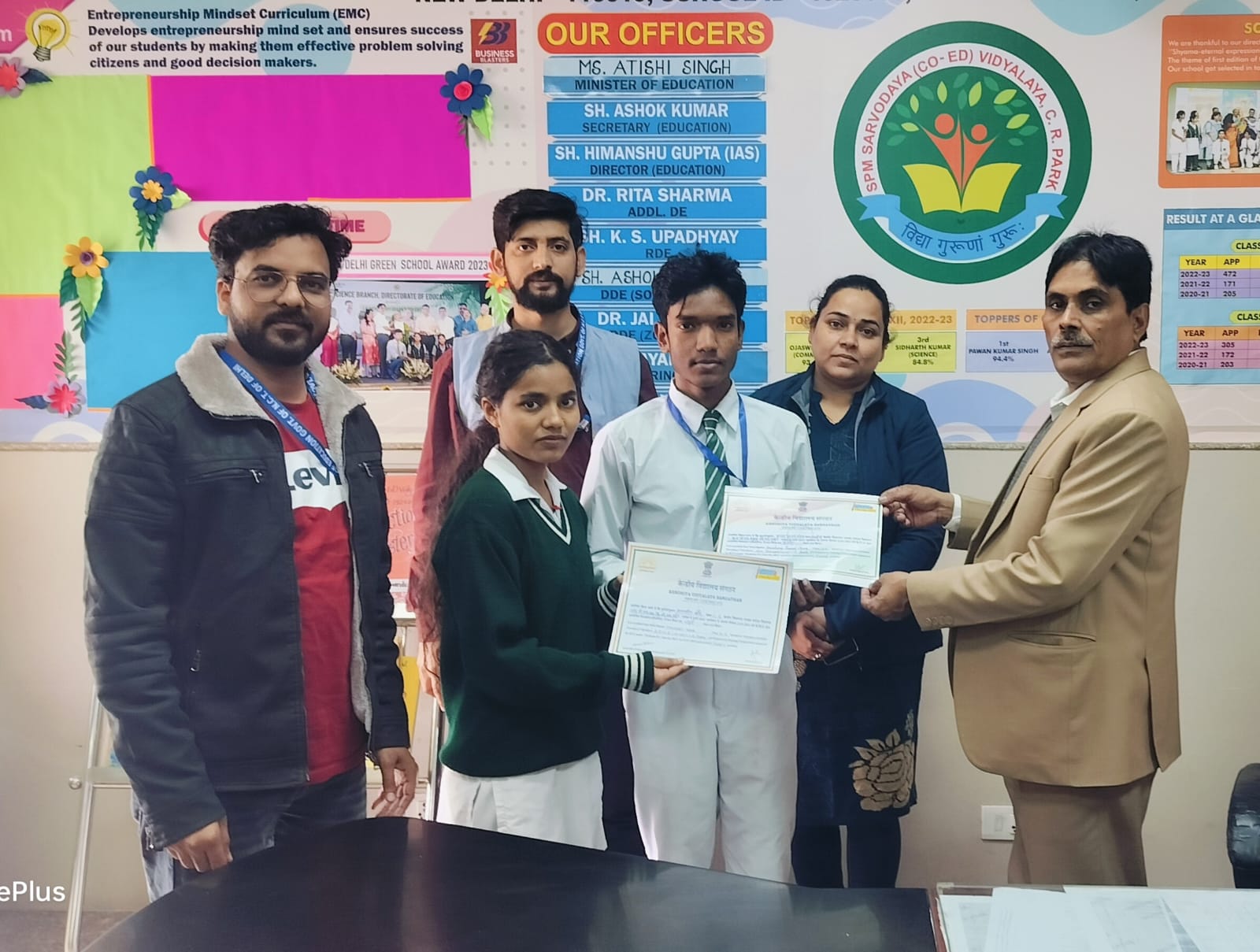Focusing intrinsic motivation at systemic level for improved student learning

- Establishing communities of practice or professional learning communities among teachers and educational officials.
- Institutionalising processes for promoting agency, growth mindset and goal orientation.
- Cultivating a system-wide approach to coaching and mentoring.
- Building ownership for sustained and long-term impact.
What is intrinsic motivation- Understanding the construct
We infer intrinsic motivation for an activity when a person does the activity in the absence of a reward or outside control. The dominant framework for studying intrinsic motivation is Deci & Ryan’s Self-Determination Theory (SDT) (1985). Much of the literature within SDT highlights that for intrinsic motivation to cultivate and thrive, three basic psychological needs are to be fulfilled; the need for autonomy, mastery and purpose. ‘Autonomy’ is connected to a sense of ownership and initiative in one’s actions whereas ‘Mastery’ relates to the feeling that one can enhance one’s skills and knowledge, thereby growing and succeeding. The need for ‘Purpose’ draws from the basic need to feel connected and be able to see the goal. When teachers deliberately choose the profession of teaching, continue to teach and most importantly make intentional efforts for a quality teaching learning process, it indicates that they are intrinsically driven.
Why does Intrinsic motivation and behavior change matter in the specific context of teacher professional development in India?
Research evidence– The significance of intrinsic motivation is that it has been found to be correlated with various positive work-place behaviours and outcomes, such as creativity, problem-solving, cognitive flexibility and persistence. Also, when teachers are intrinsically motivated, they are more likely to create a positive learning environment, use innovative teaching strategies, provide personalized attention to students and set high expectations not only for themselves but for their colleagues and students. Motivated teachers are likely to influence the motivation levels of their students and highly motivated students are likely to learn and perform better than the less motivated ones; an interplay of constructs has been explored in different research studies with specific focus on teacher motivation and teaching effectiveness, teacher motivation and student motivation and factors influencing teacher motivation (Han & Yin, 2016).
Policy perspective– The central importance and mediating role of teacher motivation has been highlighted in various policy documents both within and outside of India including NEP 2020 and SARTHAQ (2021), the implementation plan for NEP 2020 and the guidelines provided for the continuous professional development of teachers (NCERT, 2022).
Uniting the evidence and approach for effective TPD in India– Current educational policies and practices around the globe remain anchored in traditional motivational models that fail to support students’ and teachers’ needs of autonomy, mastery and purpose (Deci & Ryan, 2020).
A study focused on teacher motivation and job satisfaction in India (Ramachandran, 2006) shares that the key issues pertaining to teacher motivation revolve around the lack of skills to manage diversity in the classroom, poor teaching environment, burden of non-academic responsibilities on the teachers and middle tier professional (at the district and block level) that takes them away from the classroom, non-need based and forced training programmes and the increased social distance between teachers and students. A deeper analysis indicates that these issues strongly point towards the profound need of empowering and motivating the educational workforce by responding to their basic needs of- becoming increasingly competent to do their work (mastery), promoting their agency so that they take initiatives and own their work (autonomy) and have a sense of goal orientation towards the learning of students (purpose). When these needs are duly recognised and are nurtured, it may gradually help the teachers to start finding joy in their work.
How to adopt a system wide approach to prioritize intrinsic motivation in India?
Understanding and working towards the Vision of NEP 2020
NEP (2020) highlights the importance of overhauling the service environment and culture of schools by ensuring that teachers are ‘a part of vibrant, caring, and inclusive communities of teachers and larger school complex communities’, ‘sharing best practices with each other and working collaboratively towards the common goal of ensuring quality children learning. Following the policy mandate, enabling conditions need to be created wherein teachers and officials feel a sense of autonomy, mastery/competence and purpose or a sense of relatedness (with teaching, teacher fraternity and the larger goal of teaching-learning).
Tapping into the potential of intrinsic motivation to achieve high priority national level educational goals
For any national initiative to be successful, understanding and tapping into the mediating role of intrinsic motivation is very critical. For instance, the Foundational Literacy and Numeracy (FLN) mission, launched in 2021 by the Ministry of Education, is one of the most crucial programmes that both the central and the state governments are prioritizing to help the children achieve foundational learning standards. For the mission to achieve its goals, it is imperative that the education workforce is highly motivated and intrinsically driven towards foundational stage teaching and learning. While the focus on imparting content and skill based professional development opportunities to teachers is important to build their pedagogical capabilities, creating a conducive environment aimed at reigniting intrinsic motivation will help build and strengthen the momentum of the FLN mission.
Crafting enabling conditions in terms of processes and structures
Professional Learning Communities (PLCs) need to be established at the State, District, Block, Cluster and School level to develop a culture of collaborative and peer learning. The PLCs of teachers and officials need to be supported to help embed the habits of sharing evidence- informed best practices, reflection, contextualizing practices, developing plans to put ideas into action, observation, providing constructive feedback and appreciation amongst the education workforce. These practices have to be role modelled at every level leading to an observable systemic beahviour change. Through systemic efforts of regular mentoring and coaching of the existing cadre of officials and teachers, an enabling environment is to be created for giving primacy to the cultivation of joy of teaching-learning.
Read the paper in full here.



